The British monarchy is one of the oldest in the world, it has a thousand-year history. Representatives of different dynasties wore the English crown, and people of different political views and convictions sat on the throne. At the same time, royal power in the fate of Britain has always played a key role, always remaining the unifying factor for the entire British nation.

English monarchs: who are they? Their place in the making of power
The royal power in the British Isles, in the form in which we see it today, has existed since William I the Conqueror. It was he who became the founder of the united royal power, which managed to unite all English lands under its crown. Prior to this, the island was divided into several kingdoms with their monarchs, laws and traditions.
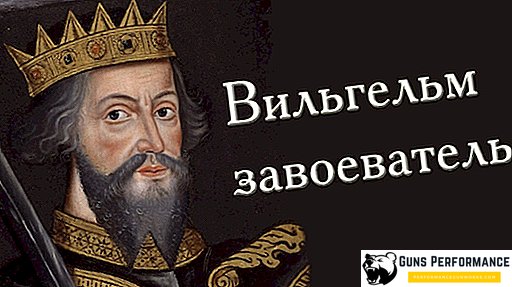
The followers of William the Conqueror as a result of palace intrigues and family peripetias were erected in 1154 on the English throne of Henry, nicknamed the Short Cloak, which became the first representative of the Plantagenet dynasty. The dynasty lasted on the throne for more than three centuries, having managed during this period to turn England into a strong European state. The most famous members of this family are:
- Richard I, nicknamed Lionheart. Years of government: 1189-1199 The English monarch, who managed to prove himself in a short time during the reign of the army, participating in crusades;
- John Landless (1199-1216) went down in history as the worst of the monarchs who occupied the English throne. On his conscience lies civil strife that engulfed the English kingdom. The most significant contribution of this monarch in the history of England is the signing of the Charter of Liberties, which granted considerable freedoms to the British nobility;
- Edward III (1327-1377) became famous for the Hundred Years War, unleashed by this monarch because of his own claims to the French throne.

The last representative of the Plantagenet dynasty was King Richard II, who ruled the kingdom for just over 20 years (1377-1399). It was the last representative of the dynasty, with the departure of which England became for the whole hundred years alternately the patrimony of two dynasties: Lancaster and York. The most famous person from this royal house was Henry V, who was considered the best commander of medieval England. Among his achievements are attributed to numerous victories of the English in the battles of the Hundred Years War, including the immense battle in 1415 near Azincourt. Otherwise, this period in British history is known for its fierce civil confrontation, called the war by Alla and White Rose (1455-1485), for owning the English crown of applicants for two of the most noble English surnames.
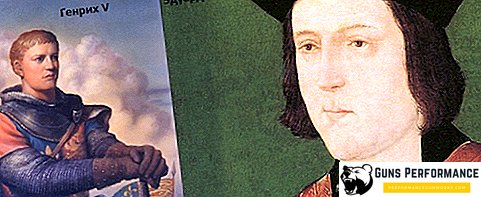
Of the York dynasty, the most famous figure on the English throne was King Edward IV, who ascended the throne in 1461. For incomplete 22 years of government, Edward IV became famous for his great lover of women. The king, besides the nine official wives, was secretly engaged to a number of other ladies from whom he had children. The sad glory of Edward IV lies in the fact that half of his elects and offspring ended their days on the block or were imprisoned in the Tower.
Beginning in 1485, England entered the era of the Tudor rule, and this time is also not distinguished by the duration of the British throne. Of the members of this family, the most significant is the reign of Henry VIII (1509-1547). It was he who finally brought England out of the orbit of influence of the Roman Church, marking the beginning of the Anglican Church. The Tudor board was marked by the first women's accession to the throne in the history of England. The first female monarch was Lady Jane Dudley, popularly known as the Queen for nine days. It was on the expiration of this period after her accession to the throne that she was executed, accusing of high treason.
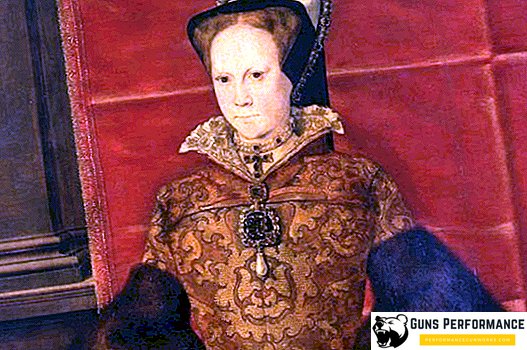
A significant figure among the monarchs of the dynasty is Mary I Tudor (1516-1588). The reign of this queen, nicknamed Bloody Mary by the people, was marked by mass executions and religious persecution. This royal person entered the history of England as the most cruel and domineering queen, in connection with which the history did not preserve a single monument of Mary I Tudor for posterity. Unlike Mary, her sister Elizabeth is considered to be one of the most famous monarchs in Europe in all of history. The time of the board of the last representative of the Tudor House is 1533-1603. In this historical period, England reaches its peak both in the inner life and in world politics. Among the merits of Queen Elizabeth I include the flowering of English culture, the acquisition by England of the status of the sea ruler.
The era of the Tudor dynasty ended with the death of Elizabeth in 1603. In her place came Jacob I - the representative of the Scottish royal family of Stuarts. This royal house ruled England a little over 100 years - from 1603 to 1714. King Charles I became the most famous sovereign during the times of the Stewarts dynasty. It was his policy of absolute royal power that brought the country's economy to bankruptcy, . The ensuing civil war resulted in the establishment of a parliamentary form of government in the territory of the kingdom. Together with the execution of Charles I for the first time in history in the territory of England, royal power was abolished. The country for a short time (1649-1660) was declared a republic, which in 1653 was briefly replaced by the military dictatorship of Oliver Cromwell.
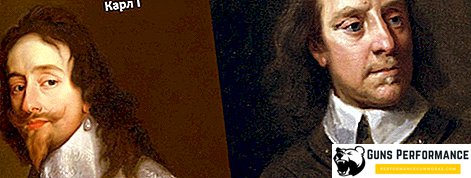
In 1660, after the death of Cromwell under pressure from the masses in the territory of England, the monarchy was again restored. After eleven years of unrest, Charles II, the son of a previously executed monarch, ascended the throne.
Education of Great Britain: monarchs of the British Commonwealth of Nations
The era of Queen Anne I Stewart was marked by the birth of a union state. In 1707, a union was concluded between England and Scotland, which gave rise to the formation of a union state in the British Isles. The Kingdom of Great Britain appeared on the maps of Europe and the world.
The beginning of the XVIII century showed the growth of British power, manifested in the form of the beginning of British expansion around the world. Previously, the British monarchs had absolute power. Kings alone ruled the state or relied in their actions on the decisions of the Royal Council. During the reign of John Lackland, the royal council gradually transformed into parliament. From that moment no royal decree or law in England was adopted without the approval of both houses of the English Parliament. All the supreme power in the country was realized according to the principle - "the power of the monarch through the parliament."
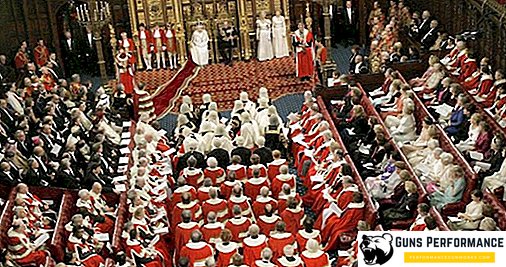
In the XVIII century, the power of the British Parliament increased, leaving the monarch less authority. In the end, the British kings became only nominal heads of state. The sphere of government and the growing empire passed to the cabinet of ministers. Decrees of the king give way to government decisions, the power of the decree endowed with the order of the Prime Minister.
A new era in the history of the British Crown began with the arrival on the throne of representatives of the Hanoverian dynasty. If earlier the English kings had French and Scottish roots and considered France their patrimony, then the kings and queens of the Hanoverian dynasty already had Germanic roots. The sphere of interests of the British crown now extended to the whole of Europe, and even further, to overseas territories. The era of dynastic unions has come, in which the kinship of the kings of Great Britain is closely intertwined with the royal houses of Prussia and the Russian state.

The English Parliament in 1701 adopted the Act of the succession, which determined the requirements for the origin of the British monarchs. In accordance with this Act, the king or queen of Great Britain must not be adherents of the Catholic Church. In this regard, the emphasis was placed on the European royal houses, where the Protestant denomination prevailed. Such rights in Britain were held by the great-grandson of King Charles I, son of Princess Sophia Georg Ludwig, who became the monarch of the United Kingdom in 1714 and received the name George I at the coronation.
Following George I, George II ascended to the throne, who became the last British monarch born outside the kingdom. During the rule of this sovereign, the importance of the party system in the political life of the country increased. Under George II, the Whig leader Robert Walpole, who secretly served as the Prime Minister of Great Britain, came to the first roles in the government administration.
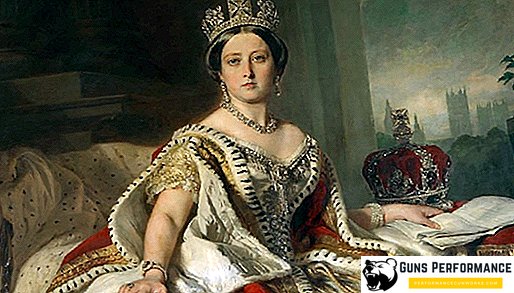
The last representative of the Hanover dynasty, who wore the British crown, was Queen Victoria I. The years of Victoria I (1837–1901) were called the "Victorian era." With her, Britain is becoming the leading political force in the world with vast territories and the largest population. The Commonwealth of Great Britain included Canada, Australia, the Union of South Africa and India.
The death of Queen Victoria in 1901 put an end to the rule of the Hanoverian dynasty. It is replaced by another monarch's house with German roots - the Saxe-Coburg Gothic dynasty. The paradox of this period in European history is the blood relationship of monarchs to the rhinestones of the three largest states of the new time: Britain, Germany and the Russian Empire. King George V on the maternal line was a cousin of the German Emperor Wilhelm II and the Russian Emperor Nicholas II. But despite this fact, the kinship of the largest and most influential royal families of Europe did not save the world from military confrontation.

Under King George V, Great Britain entered the First World War, which ended with the fall of monarchies in Germany and Russia. The German ruler Wilhelm II abdicated the throne and lived to a ripe old age, while the fate of the Russian emperor and the entire royal family was deplorable. Under King George V of Saxe-Coburg, the Gothic dynasty was renamed Windsor, due to political considerations due to military confrontation with Germany, after the name of the main residence of the kings, Windsor Castle.
Windsor on the throne United Kingdom
From 1917 to the present day, the head of state has been occupied by representatives of the House of Windsor. Following George V, this dynasty gave the British Commonwealth four monarchs. In 1936, the royal throne could take Edward VIII, but this royal person was not crowned. The heir to the throne voluntarily gave up his title because of the disagreement of the British Parliament to recognize his marriage to Wallis Simpson. The main residence of the kings of Great Britain - Windsor Castle - took on another host. In 1936, the second son of King George V, crowned under the name George VI, ascended the throne.
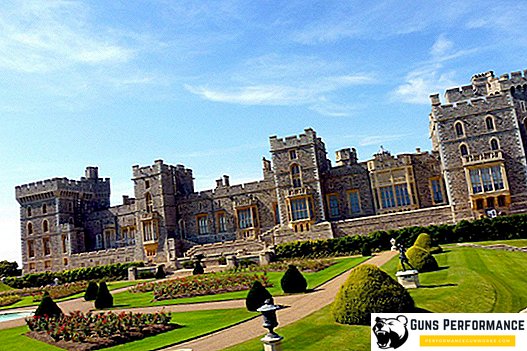
For 16 years, George VI held the highest position in the kingdom, but did not directly participate in governing the country. All the supreme power in Britain was concentrated in the hands of the Cabinet of Ministers, the Parliament and the Prime Minister. The king had the nominal status of the head of the Commonwealth and performed representative functions. During this period, the United Kingdom passed the crucible of the Second World War and lost the status of an empire.
In 1952, the 26-year-old daughter of King George VI Elizabeth II ascended the throne. The last Queen of Great Britain continues to be the Head of the Commonwealth of the British Nations and today, having held her post for 66 years.
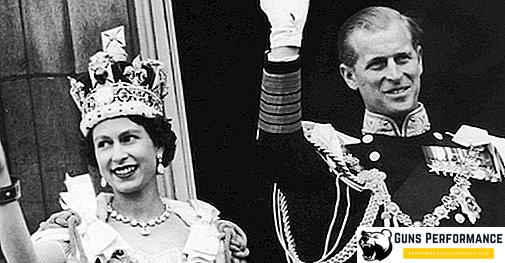
The list of powers and duties of the Queen of Great Britain
The coronation and transfer of the crown in Great Britain is based on the articles of the Act of the throne which the English Parliament issued in 1701. After the formation of the Commonwealth of the kingdoms of England and Scotland, this document did not change for a long time. Edits and changes were made only in 2011 after the summit of the Commonwealth member states.
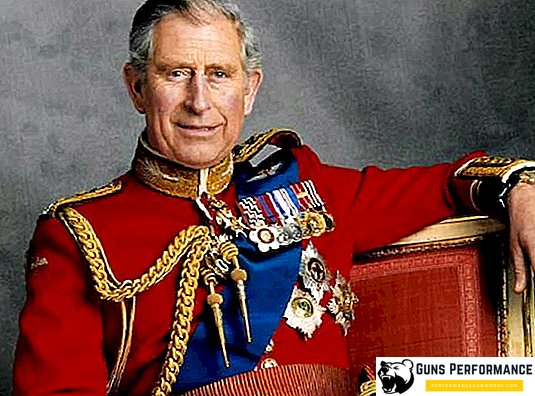
Prior to the amendment, the English crown was inherited by individuals through the male line, but it was not ruled out in the absence of candidates for the throne through the male line that women could be elevated to the rank of queen. At the moment, the heir to the British Crown is Crown Prince Charles. The second and third heirs are headed by Prince William and Prince George, accounted for by Prince Charles's grandson. The election or coronation of the monarch is carried out some time after the death of the previous sovereign. The ceremony itself takes place within the walls of Westminster Abbey and is held by the Bishop of Canterbury, who is the head of the Anglican Church. At the coronation, there are usually governors and heads of state of member countries of the Commonwealth, high-ranking officials of the state, and guests from among the top officials of foreign countries.
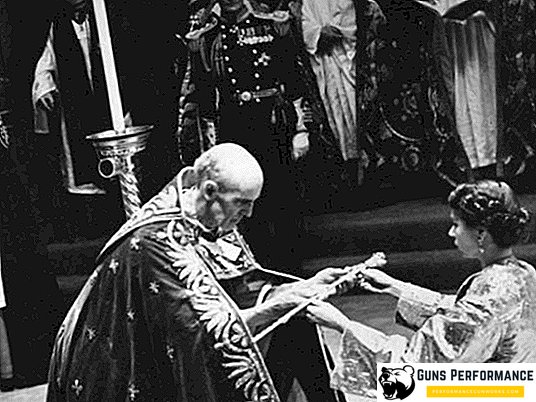
In terms of the political influence of the royal power on the fate of the country, the powers of the Queen of Great Britain are quite broad. However, the constitutional monarchy, which is currently a form of melting in the state, severely limits the rights of the monarch. The status of a king is rather a tribute to traditions. The political role of the monarch today is more focused on representative functions. The goals and objectives of the sovereign have a complaint character, i.e. formal. Sovereign is strongly limited in its powers, prescribed in numerous conventions, laws and having a precedent.
The royal person is accountable to the lower house of the British Parliament, the House of Commons. In her decisions, the queen is guided by the councils of the state executive bodies, recommendations of the Cabinet of Ministers and the Prime Minister. Under the conditions of a constitutional monarchy, the authority of a royal personage in the kingdom is determined by royal prerogatives. This is the part of the highest secular power in which the place of the king is determined by traditions and orders. All laws of Parliament, government decisions and orders of the Prime Minister are made on behalf of the Queen.
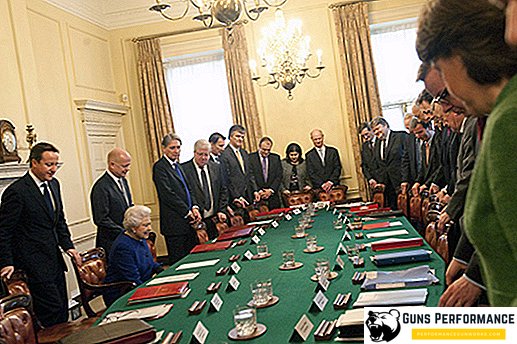
The Queen has the following rights:
- conclude international treaties, conventions and agreements;
- appoint ambassadors to foreign countries;
- manage the issuance or revocation of British citizenship (passports are issued on behalf of the Queen);
- the prerogative of the monarch to convene parliament, to extend his powers;
- the queen may dissolve parliament by decree;
- make decisions about clemency.
The prerogatives define the duties of the monarch, which are as follows:
- formally lead the United Kingdom;
- make official decisions to declare war or make peace;
- laws passed by parliament need royal consent, and vice versa, the king has the right to impose his veto on a new bill;
- administer justice through the British judicial system, appointing judges. All court decisions are made on behalf of the Queen.
It should be noted that in Britain judging the royal person as a person by the royal court is not considered possible. It is possible to file a civil suit only for the Crown - a symbol of the highest authority in the state. The king or queen is not a person of jurisdiction. The British monarch does not have the right to change domestic legislation and make changes to the tax policy of the state.
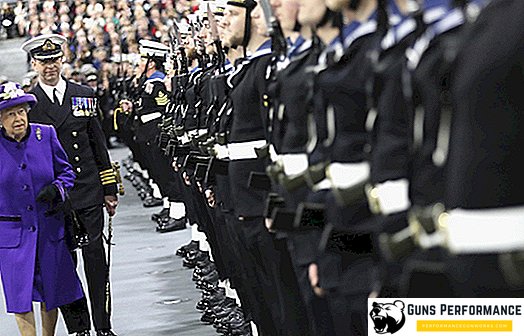
Like 100 years ago, the main residence of the monarchs of Great Britain continues to be Windsor Castle. In the castle there is the Queen’s reception room - a study room where receptions and meetings are held at which issues of national importance are resolved. In modern conditions, the place of the queen in the social and social life of British society is of particular importance. The appearance of the queen in public is always of particular interest from the public.












